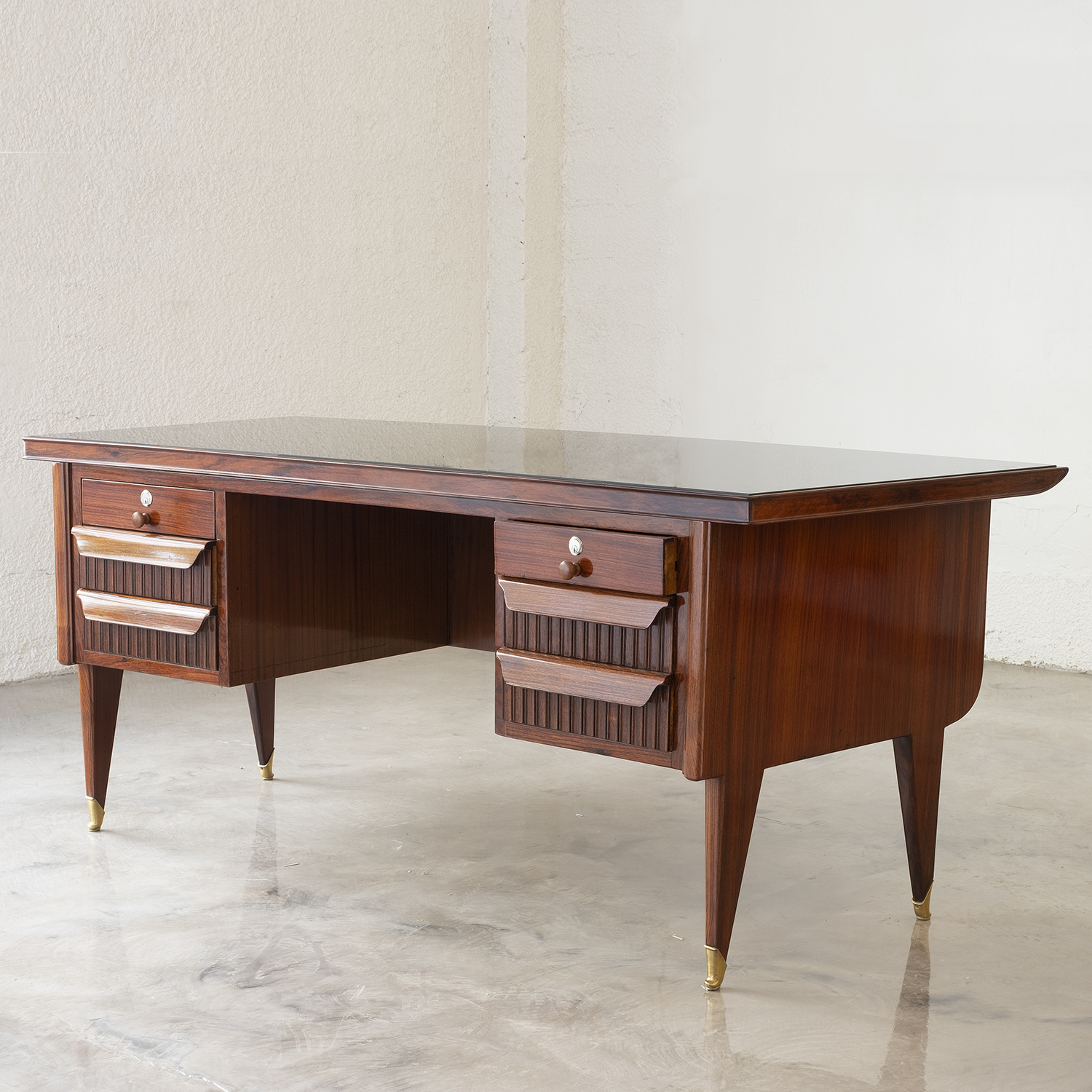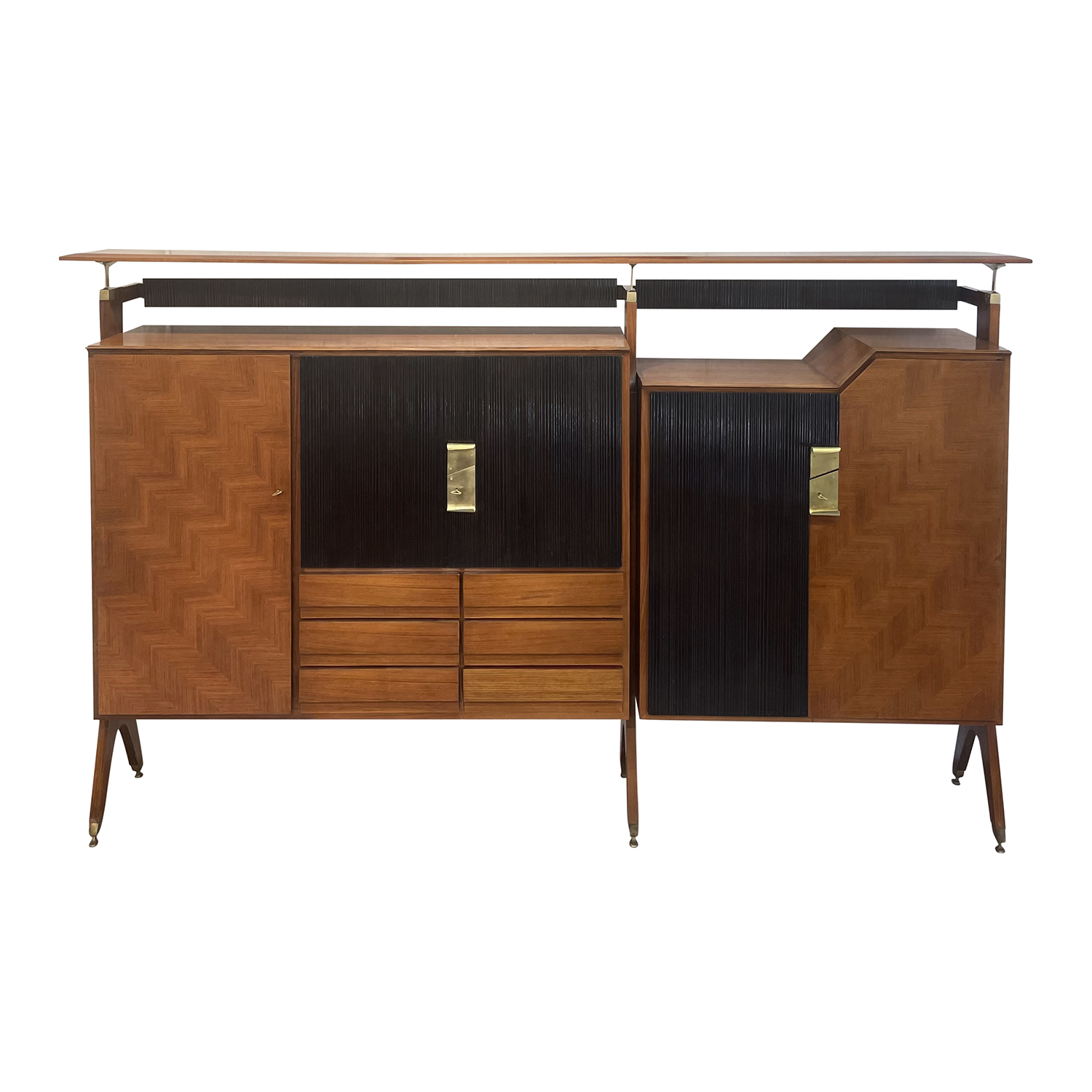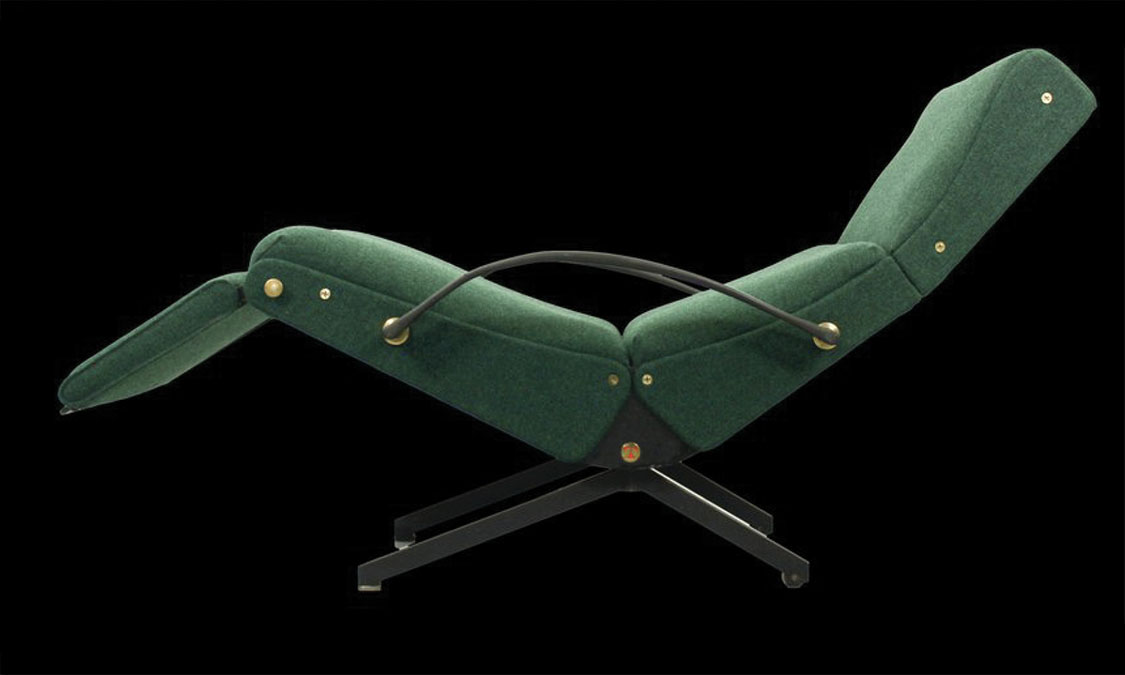
Osvaldo Borsani
The Architect of Modern Living
Long before Italian design became synonymous with glamour and daring form, Osvaldo Borsani was quietly reshaping the modern furniture landscape. Born in 1911 in the town of Varedo, just north of Milan, Borsani was raised in a family of master cabinetmakers—but his ambitions stretched far beyond traditional craftsmanship. With a mind for engineering and a deep appreciation for architectural form, he helped define what postwar Italian modernism could look like: rigorous, elegant, and always in dialogue with innovation.
Educated at Milan’s Accademia di Belle Arti di Brera and the Politecnico di Milano, Borsani came of age in the shadow of Rationalism, a movement that emphasized clarity, structure, and purpose. His early work already hinted at a sensitivity that would come to define his output: a chair wasn’t just a chair—it was an idea, distilled. While many of his contemporaries followed decorative traditions, Borsani moved in the opposite direction, refining form down to its essence.
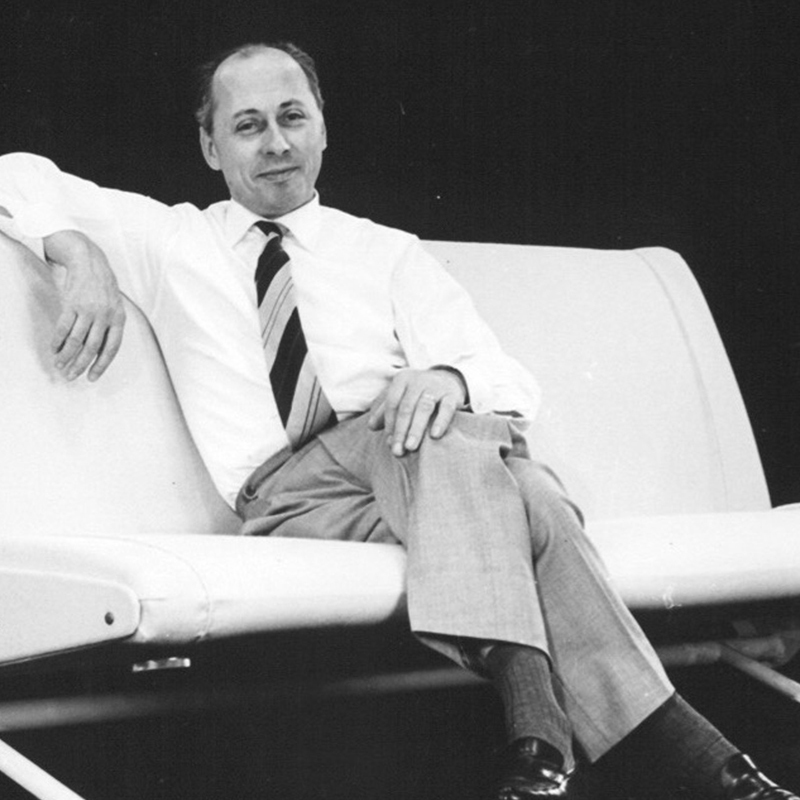
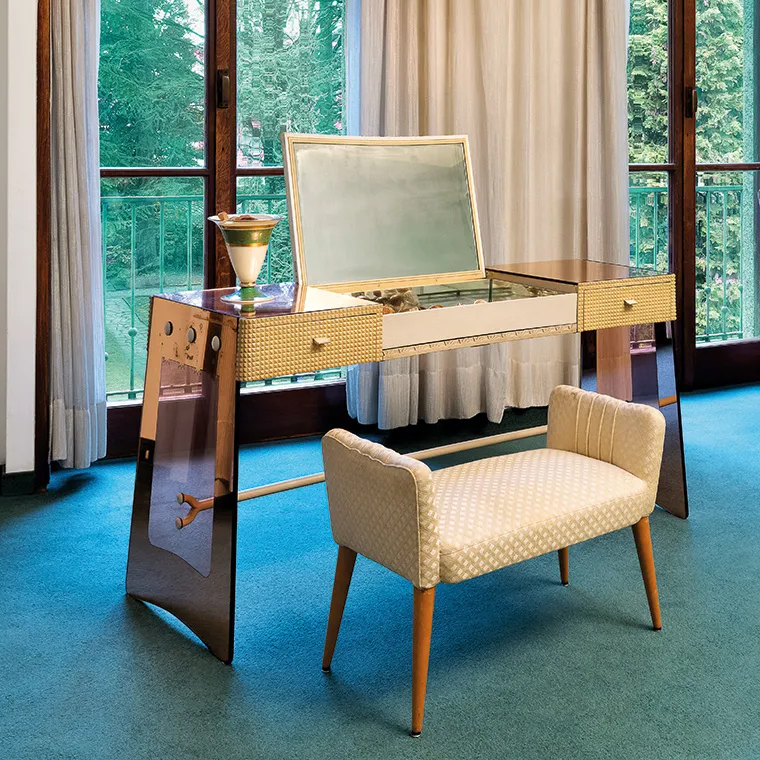
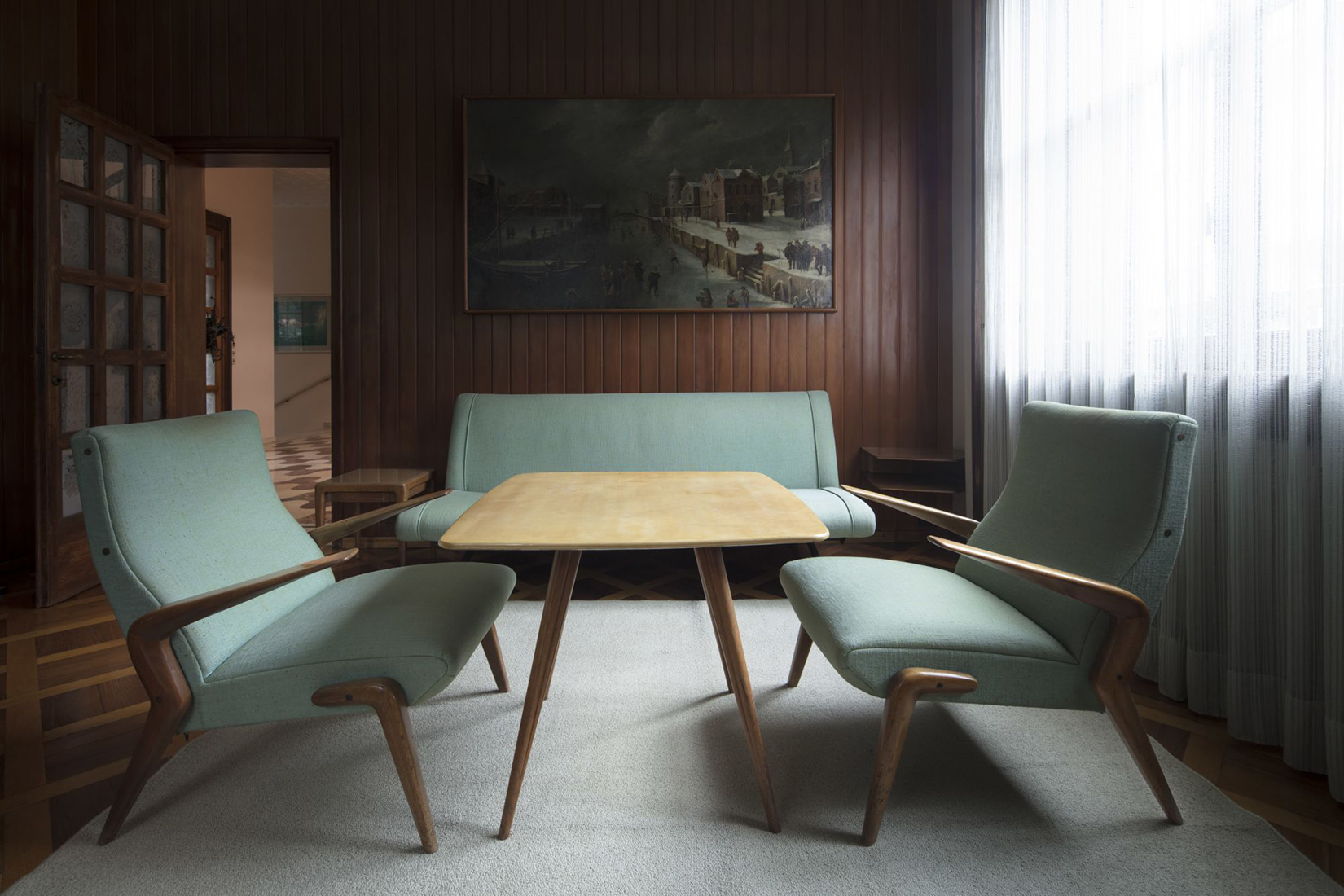
In 1953, together with his twin brother Fulgenzio, Borsani founded Tecno, the firm that would become both a laboratory and a launchpad. What set Tecno apart wasn’t just its aesthetic—crisp, spare, unfussy—but its embrace of technology. Borsani was one of the first to incorporate industrial materials like tubular steel, rubber, and plexiglass into high-design environments, not as embellishment but as central structure. His P40 adjustable lounge chair, with its mechanical frame and reclining angles, remains one of the most iconic and technically sophisticated seats of the 20th century.
But beyond functionality, Borsani’s genius lay in his understanding of space—how people live, move, and adapt. Long before “modular” became a design cliché, he was creating systems that anticipated change. His Wall System (E22), a sleek, infinitely flexible storage and display concept, was designed not for a single room but for the evolving life of its owner. It was this anticipatory spirit—intellectual, almost architectural—that distinguished Borsani’s work from his peers.
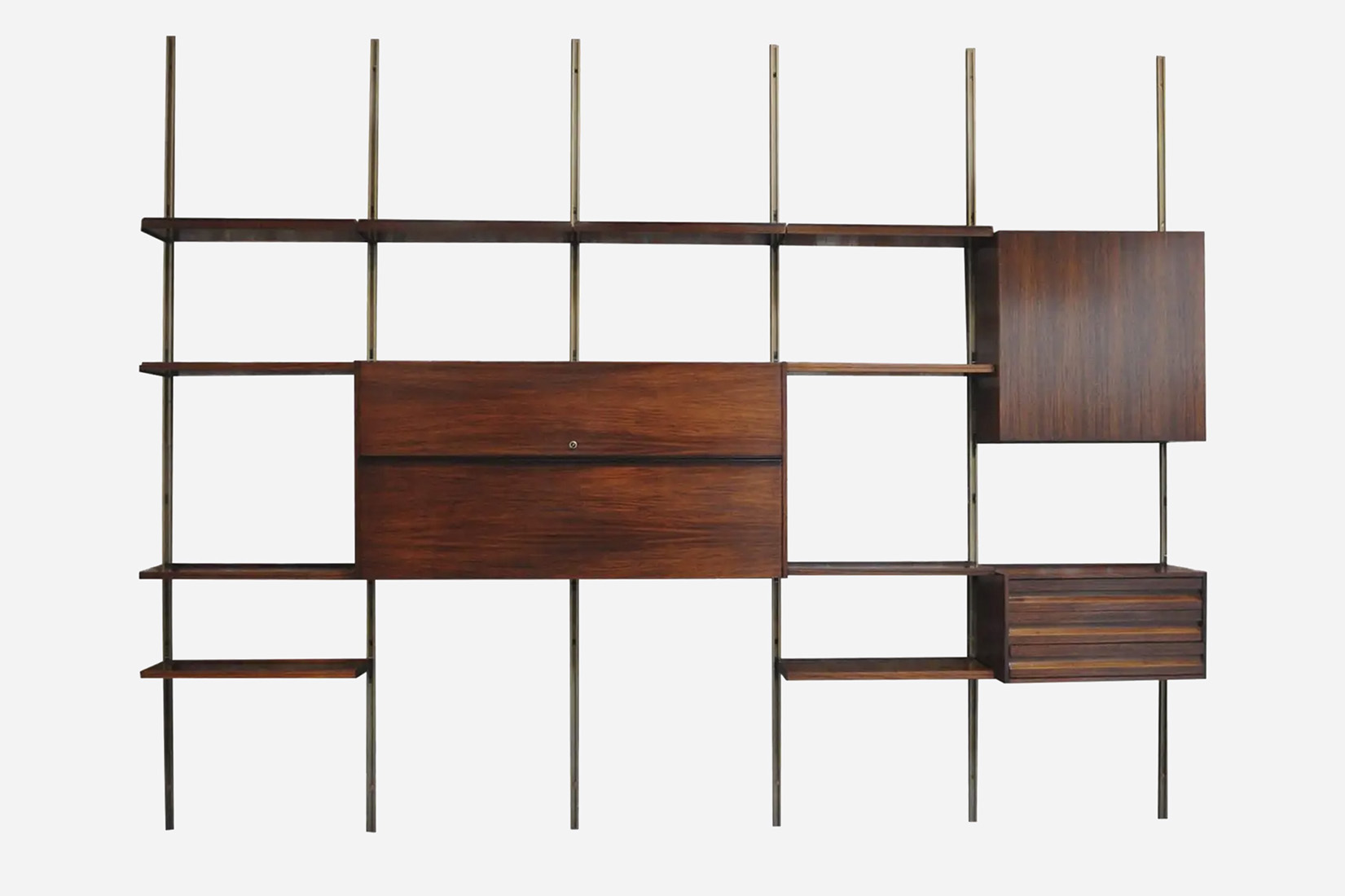
Though often associated with workplace or contract design, Borsani’s pieces have found renewed life in private interiors, where their precise proportions and quietly radical forms feel as fresh as ever. Collectors today seek out his original works not just for their rarity, but for their clarity of thought—design stripped of excess, yet rich in presence. Whether it’s a cantilevered writing desk, a sculptural coat rack, or one of Tecno’s pioneering seating systems, each piece carries a certain intelligence, a kind of cool restraint that speaks volumes without shouting.
AP Mid Century Modern proudly features a curated selection of Osvaldo Borsani’s original furniture—timeless artifacts from a designer who understood that the future of design wasn’t about decoration, but about smart, beautiful solutions to the way we live. In Borsani’s world, form always followed function—but it did so with grace.
